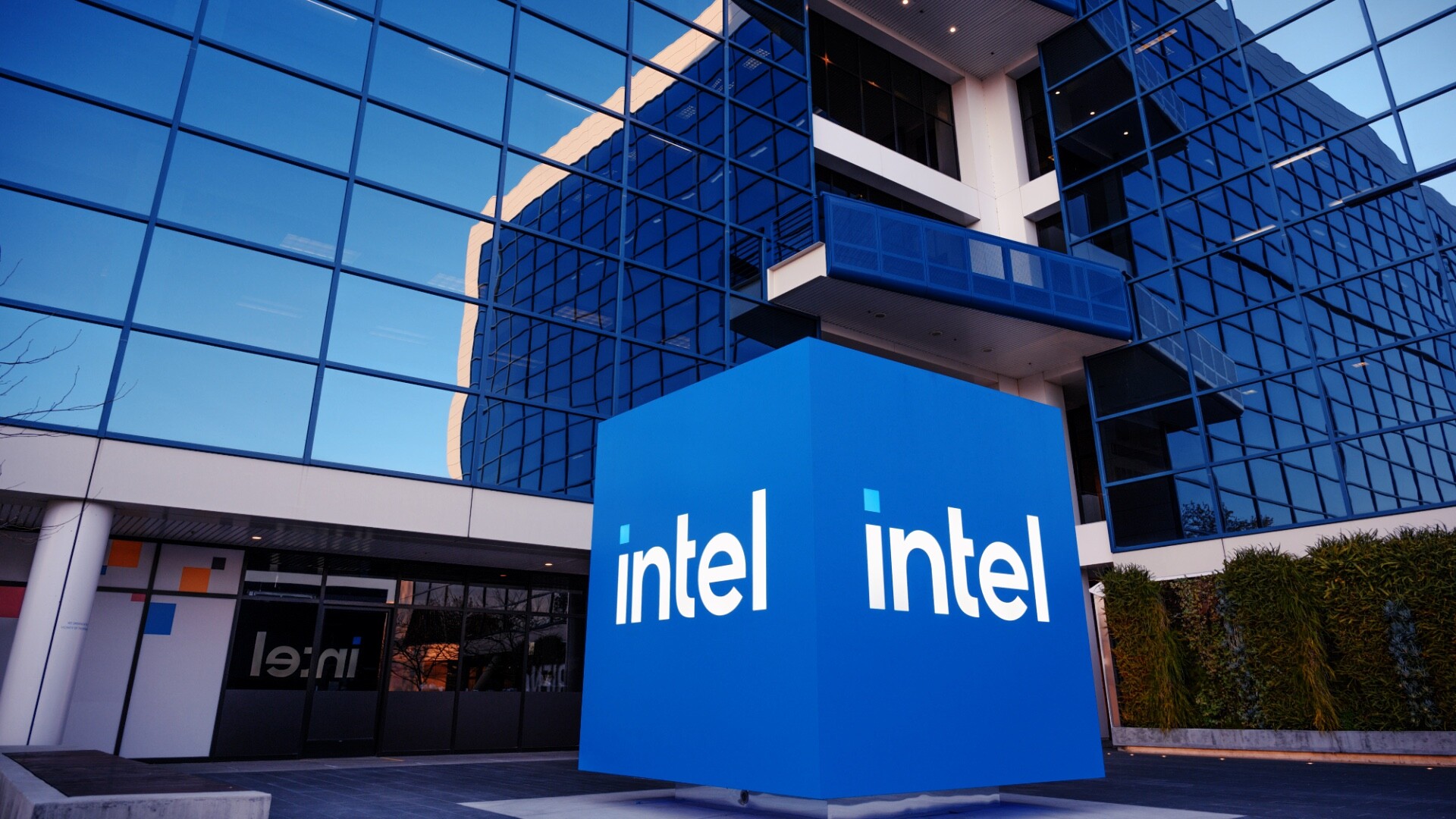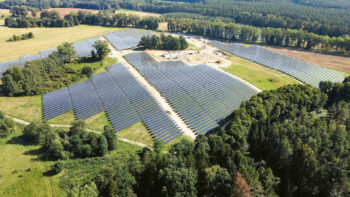AMD shares gained 7% on Wednesday, increasing the company’s capitalisation by more than $26 billion. The reason for investors’ enthusiasm was the bold new strategic goal announced during the analyst day: to reach $100 billion in annual revenue from the data centre segment. This is a direct challenge thrown down to Nvidia, which currently dominates the red-hot AI accelerator market.
AMD CEO Lisa Su estimates that the data centre chip market alone could reach $1 trillion by 2030. This is a forecast that includes general purpose processors, networking chips and AI accelerators. AMD is not defenseless in this battle. The company is highlighting key partnerships, including with OpenAI and Oracle, which are already expected to generate significant revenue and open the door to talks with other hyperscale giants.
The technological weapons in this battle are to be the next-generation MI400 chips and the Helios integrated system, which are expected to hit the market in 2026. AMD’s plan is to gain significant market share, as reflected in its internal forecasts. The company expects 60% compound annual growth rate (CAGR) in its data centre business and 35% growth across the company over the next three to five years.
This ambition can also be seen in the target earnings per share (EPS) of $20. This is a bold statement, given that the LSEG consensus for 2025 is for earnings of just $2.68 per share.
Some analysts are taking a cautious approach to these announcements. Stacy Rasgon of Bernstein described the targets as “somewhat aggressive and aspirational”. He noted that ultimate success will depend on AMD’s ability to actually take market share with Helios and move from being a marginal AI player to a viable competitor. AMD executives are clearly going on the offensive in an attempt to change the market narrative.
Meanwhile, market leader Nvidia appears unfazed by the challenge. On the day AMD’s plans were announced, Nvidia’s shares also recorded a quiet 1.5% rise.












